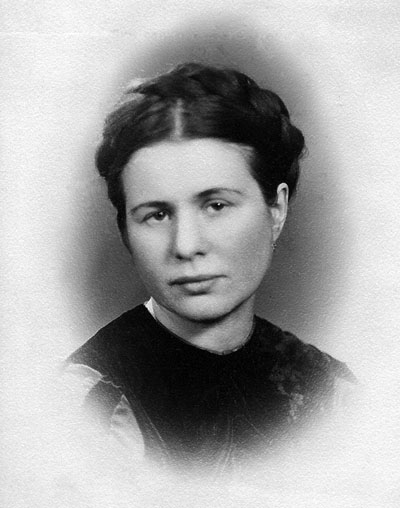Why am I writing about a Polish here, Władysław Sikorski, on what in the United States is a National Holiday, our Independence Day, the Fourth of July? Well, on this day in history, 04 July 1943, a Pole who fiercely worked to attain and protect Poland’s Independence died, albeit tragically.
Władysław Sikorski (Władysław Sikorski) helped organize and fought in the Polish underground that opposed Russia before World War I. He was a leader in the army that defeated the Soviet Union after World War II–most notably in the Battle of Warsaw–which helped guarantee Poland’s newfound Independence after 127 years of foreign domination. Sikorski held a number of posts in that new government, including Prime Minister.
After Poland was again ripped apart and split by Nazi Germany and the Soviet Union in the early days of World War II, Sikorski became the Prime Minister and Commander-in-Chief of the Polish government in exile, working tirelessly to help secure Poland’s place al a leader among the Allies.
He was tragically killed on 04 July 1943 when his plane crashed on takeoff from Gibraltar. Hi was a leader of the Polish cause and his death was a severe setback for the cause. No Pole after him had the influence and power he had with the Allies, and to this day some “conspiracy theorists” refuse to believe that his death was an accident, but rather blame the Soviets who coveted (and eventually dominated) Poland in a post-war world.
But on this day so many years ago, another person who fought for Independence died. You can read more about Władysław Sikorski here: https://en.wikipedia.org/wiki/W%C5%82adys%C5%82aw_Sikorski.



